

SUSTAINABILITY has become high on the agenda in the UAE for the government at all levels, developers, investors, contractors and tenants alike.
This year alone, the Dubai government implemented a number of significant initiatives with sustainability at the core, including the introduction of green building regulations for all new projects, the retrofit initiative through the Etihad Esco initiative (which is to create a viable market for building retrofits in Dubai) and the establishment of the Dubai Green Fund. In addition, the Abu Dhabi government has commenced trials for an operations rating for its comprehensive Estidama (or Sustainability) Pearl rating scheme, mandatory for all new developments. Elsewhere in the GCC, a similar scheme, known as the Global Sustainable Assessment System (GSAS), has been developed in Qatar.
It is expected that this drive will lead to an increase in the uptake of the voluntary adoption of the Estidama scheme, the GSAS scheme or similar ones by projects across the region. An increase in the voluntary adoption of other internationally recognised sustainability rating schemes, such as Leed (Leadership in Energy and Environmental Design) are also envisaged.
Estidama and the Dubai Building Regulations do not apply to existing buildings but will apply where there is a major renovation or enhancement. The rules that apply to obtaining sustainability ratings, whether it is Estidama or Leed, make it essential to have an understanding of the schemes from a legal perspective. This will assist in ensuring that the rating is achieved whilst helping to reduce any risk of non-compliance as a result of a lack of data or poor design co-ordination, for example.
Estidama
The Estidama rating has applied to all development approvals for new buildings in Abu Dhabi since September 2010. It is mandatory for all privately funded buildings to achieve a One Pearl rating while government-funded buildings must gain a Two Pearl rating. Higher ratings can also be achieved voluntarily.
Ratings exist for the design and construction of most building types, and are mandatory for all permanent buildings that are air-conditioned. There is an operational rating tool for the schemes. Government-funded projects and educational facilities are required to seek a rating within 12 months while privately funded projects are required to seek a rating within two years or when 80 per cent occupied. The scheme provides for ratings between One and Five Pearls. There are respective tools for offices, retail, villa, multi-residential, school, mixed-use and community. Estidama is not mandatory outside of Abu Dhabi or to the extent that a project seeks to exceed the rating stipulated for private or government-funded projects.
To be eligible for the Pearl rating, the project must be registered with Estidama. Once the project is registered, work on the submission for a rating can be pursued and is subsequently based on credits achieved across seven differently weighted categories, namely integrated development process, natural systems, livable buildings, precious water resources, resourceful energy, stewarding materials and innovating practice.
Leed
Unlike Estidama, Leed ratings are not a mandatory requirement in the UAE, are fully voluntary and have been the most commonly used scheme. Developed by the US Green Building Council, Leed ratings are internationally recognised and the system covers many different activities such as design, construction and operations and maintenance.
Ratings are between ‘Certified’ and ‘Platinum’. There are rating tools for building design and construction, interior design and construction, building operations and maintenance, neighbourhood development and homes.
Similar to Estidama, the actual rating will depend on the number of credit points achieved across a range of six differently weighted categories, namely integrative process, location and transportation, materials and resources, water efficiency, energy and atmosphere, and sustainable sites. Any project seeking a rating must register for certification with the US Green Building Council.
Issues & risks
Having a sound understanding of the selected rating system is important for ensuring that appropriate legal strategies are applied. It is also vital to understand the role of each participant or what may affect the ability to achieve a rating when establishing the correct risk allocation and legal framework.
To be truly successful, parties must first commit to the process by having the project registered and demonstrate commitment to achieving the desired rating.
A common feature of the schemes is that the rating awarded depends on a score comprised of credits obtained. It is not the case that if both A plus B plus C are completed, a pass is achieved (other than for One Pearl). Achieving a higher credit in one area may mean lower credits elsewhere, for example the impact of greater water saving credits or greater power saving credits may lead to reduced indoor environment quality credits.
A balancing act is required which highlights the importance of having a coordinated design team led by environmentally sustainable consultants and having consultancy agreements in place, which set out these co-ordination and co-operation requirements. It is not sufficient to simply include in a contract an obligation to “achieve a Pearl rating and Leed rating”.
Where the design control rests with the developer, it is more common for the risk of the rating to lie with the developer. Similarly, where the design risk is with the contractor, the onus will usually lie with the contractor.
It is important to consider the timing in the process and as mentioned above, the operational rating in Estidama requires 80 per cent occupancy and at least two years after completion, while the Leed system requires 50 per cent and at least 12 months of records. These respective time frames mean that the risk allocation in terms of operations ratings will be with the developer as the contractor is no longer on site or operating the completed project.
There is also the need to correctly identify the rating to be achieved to avoid any confusion. For example, it is not enough to state that the project will achieve “a Gold As-Built rating” when “a Gold Design and Construct for the core and shell and a Platinum Interior Design and Construction for the integrated fit-out” was the objective.
It is also worth considering the use of the designation of the rating scheme version if there is a chance that that version of the scheme may change. This occurred with Leed with the latest version being in 2009.
To achieve a rating under either Estidama or Leed depends on the submissions made, including all information which is required to obtain the desired credits. For a design rating, therefore, appointing a lead consultant at the outset of the project should be considered to manage the design process and to place obligations on each design consultant as to the quality of the design and information to be provided. Additional obligations should be included to abide by and participate in an environmentally sustainable design group.
In relation to the as-built or construction rating, there is a need to collect invoices, records and documents which evidence the works as being constructed in accordance with the design and that the relevant credit can be substantiated. This may be a precondition to payment.
Since some credits can be achieved by the manner in which agreements are completed, care needs to be taken to ensure those agreements have terms which reflect the requirements of the credit being sought. Limits of powers to vary the works may also be required or that variations are assessed against the impact on the ability to obtain a rating. As a contractor, attention should be paid to a warranty where the variation directed by the developer will adversely affect the rating being sought.
On the other hand, a developer will want a contractor to warn of the effect that a variation has on a rating before it is implemented.
Once a project has been completed, a proper commissioning process should be in place to establish the base line that the building can operate as designed. The project will also require sufficient metering and sub-metering to allow for the proper collection of the required data.
The achievement of an operational rating can only occur after the applicable above-mentioned occupancy limits are reached. This will mean that the building ages as the application or reapplication for an operational rating is made. In this respect, it is more difficult for aging equipment to maintain efficiency, so a comprehensive maintenance and replacement strategy is required.
If the building is leased to tenants, its efficiency will be impacted by the tenant’s fit-out and use, or indoor environment changes which affect the air-conditioning or other thermal element of the building and can have a significant impact on energy use quality.
It is important to consider if structures should be in place to ensure the building is being used as intended. A building may be designed and constructed to have the potential to achieve certain sustainable outcomes, however it is how it is used that will determine if those outcomes are actualised.
Strategies for a buildings operation include imposing fit-out guidelines on tenants as well as having green lease provisions in all leases. The facility operator will need to have contract provisions which require them to operate in accordance with manuals, to achieve KPIs (key performance indicators) as well as report on sustainable issues. Servicing and maintenance contracts should also have sustainable requirements.
It is likely that the need for rated projects and sustainable projects will only increase. Not only is it important to be aware of innovations and technologies that will make a project more sustainable, it is also vital to have the right legal framework to support the initiatives.
At the end of the day, a rating failure can be avoided if the correct processes are followed and the right contracting strategy and drafting are in place.









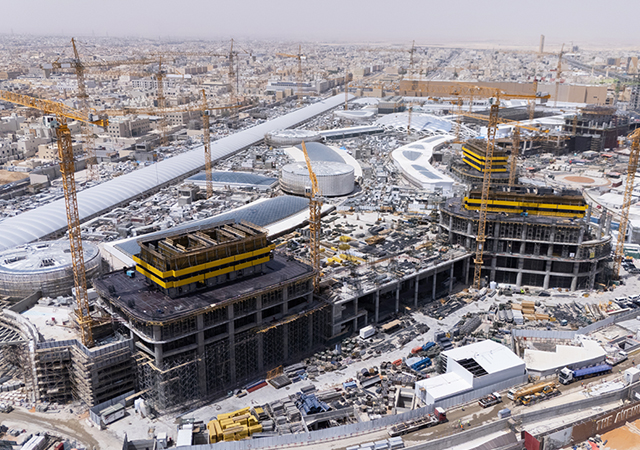
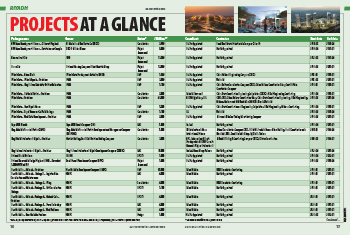




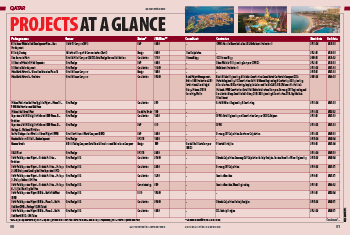
.jpg)

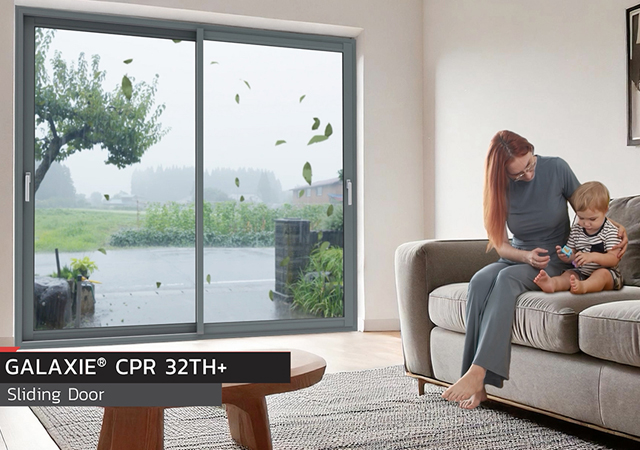

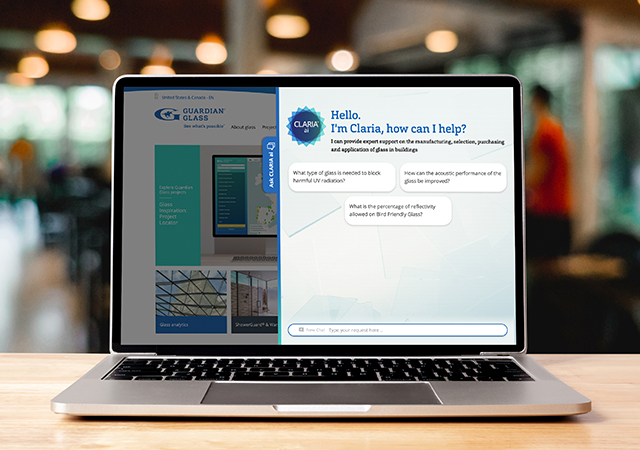


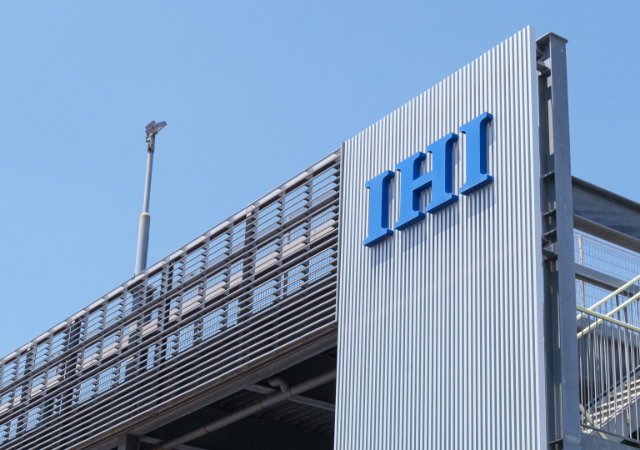
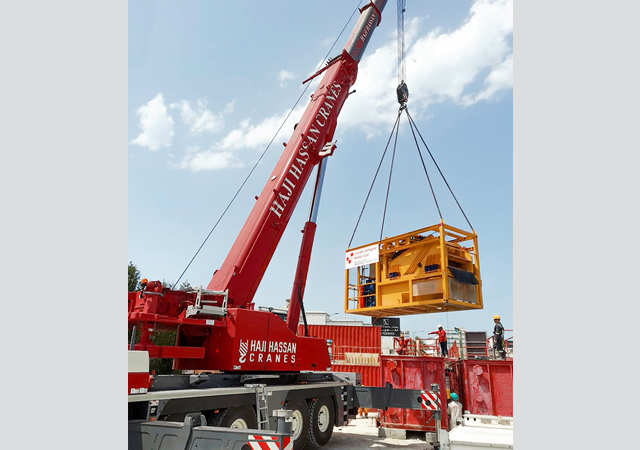




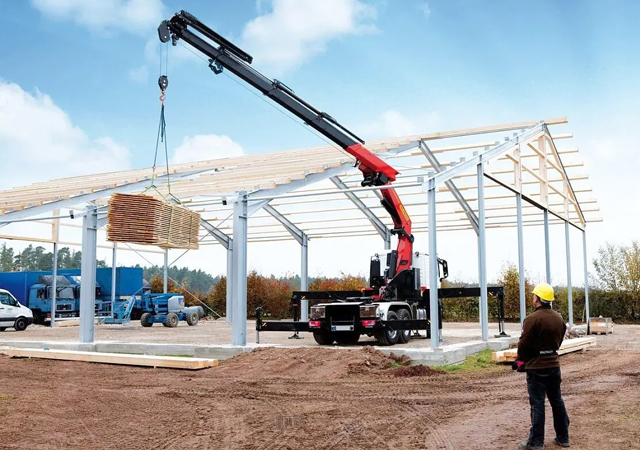
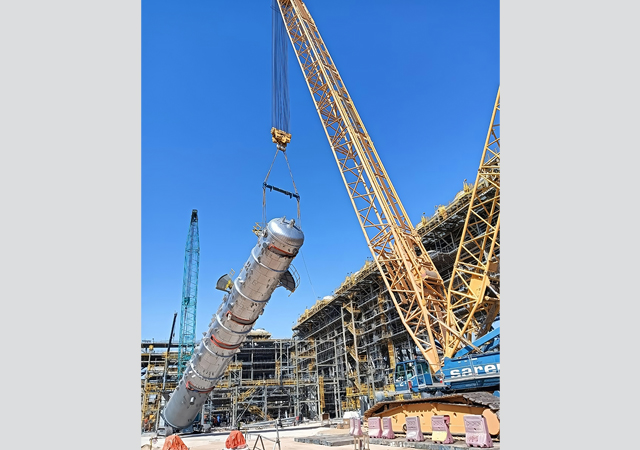
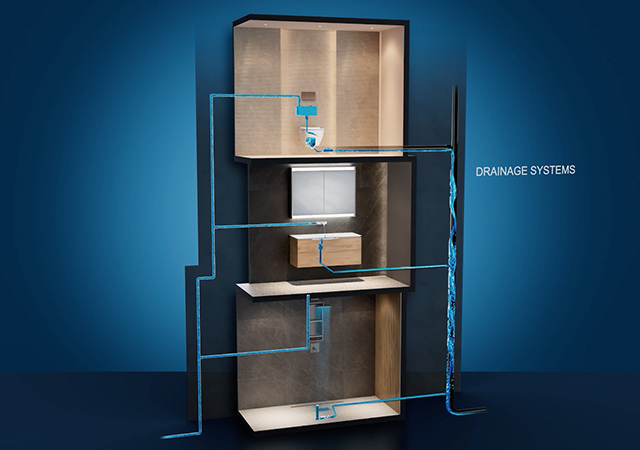





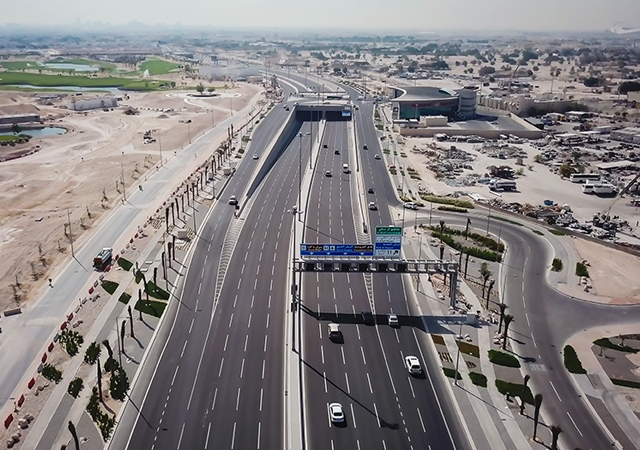

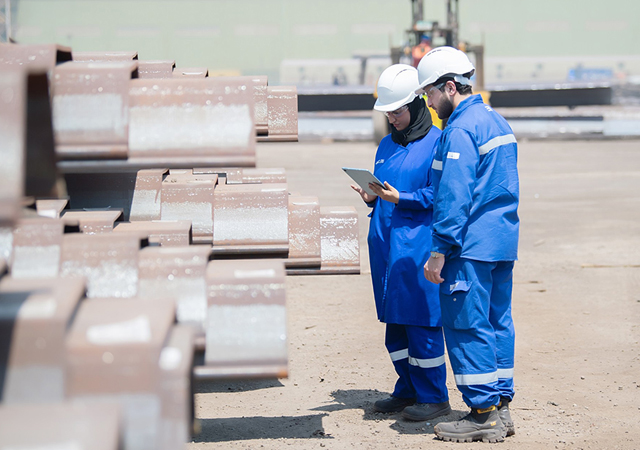

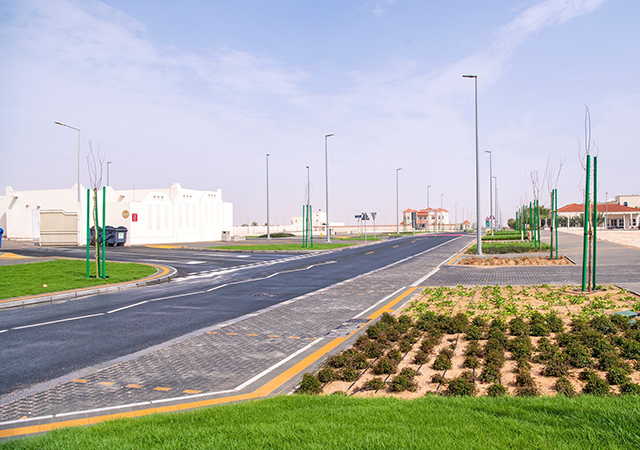
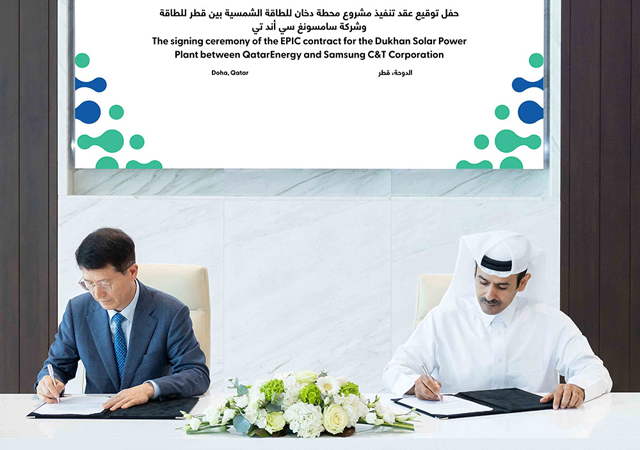


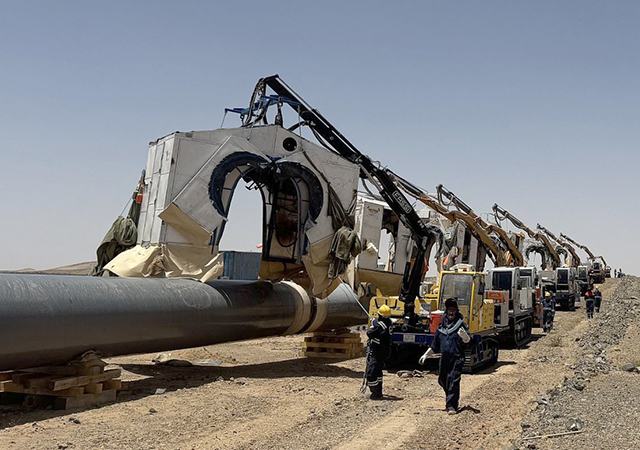


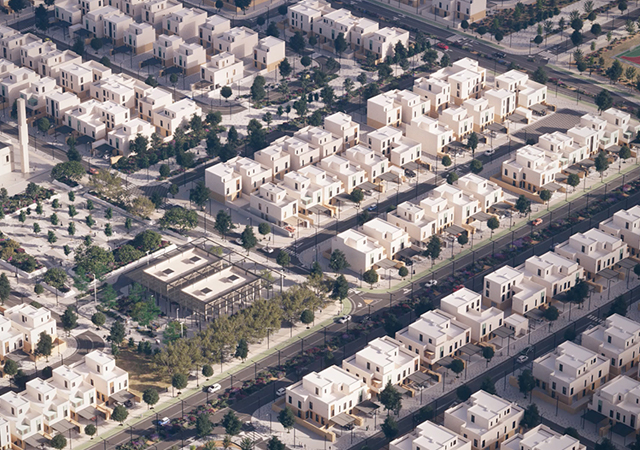




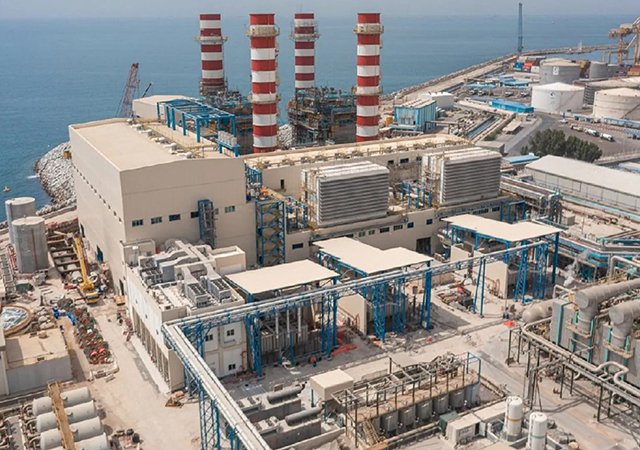


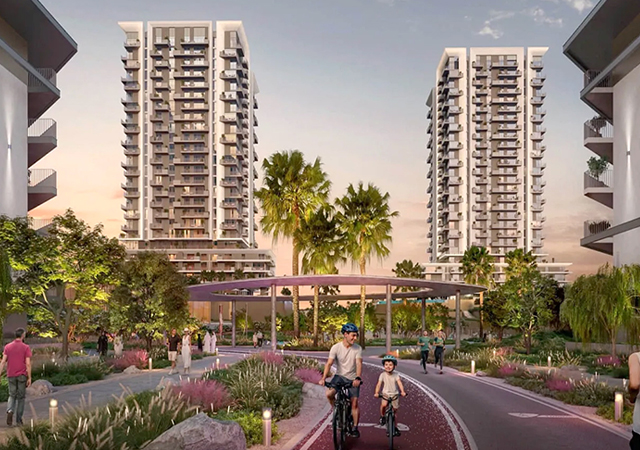



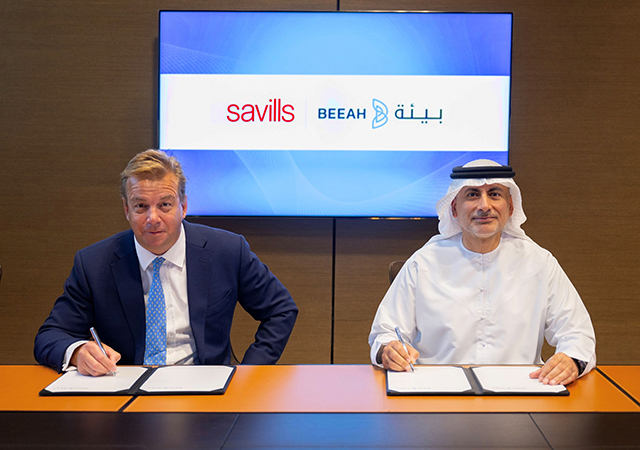
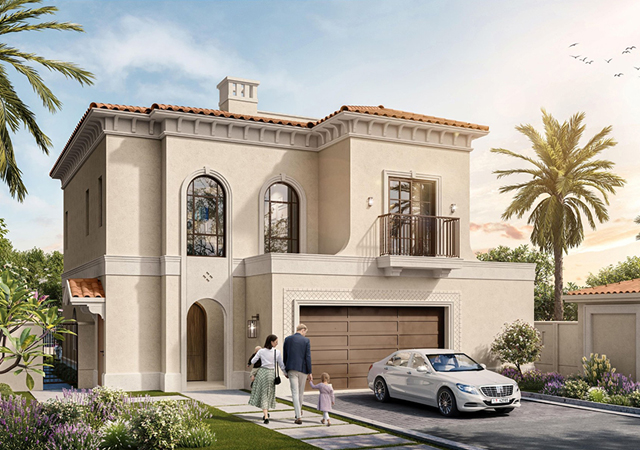





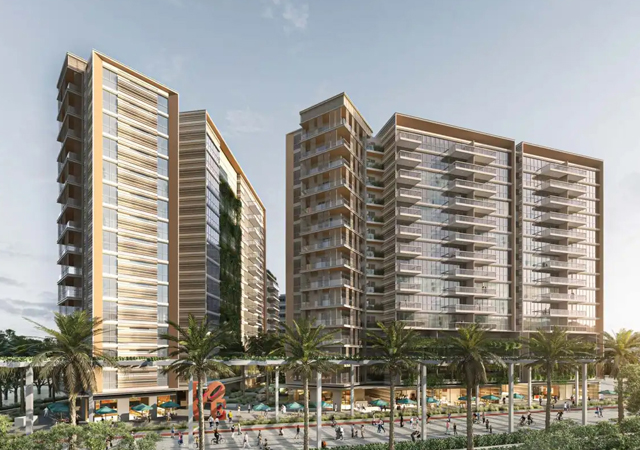
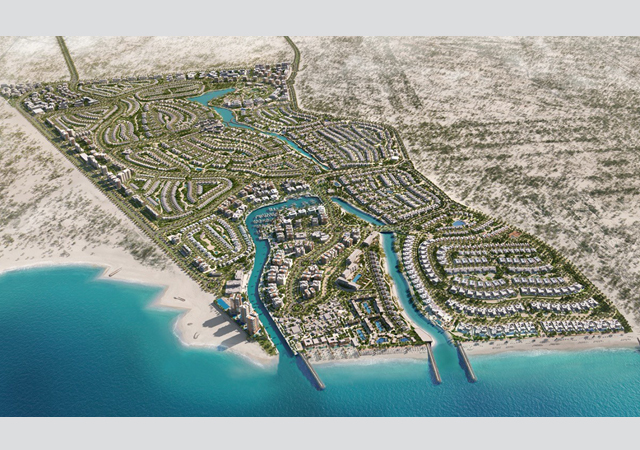
.jpg)




.jpg)





